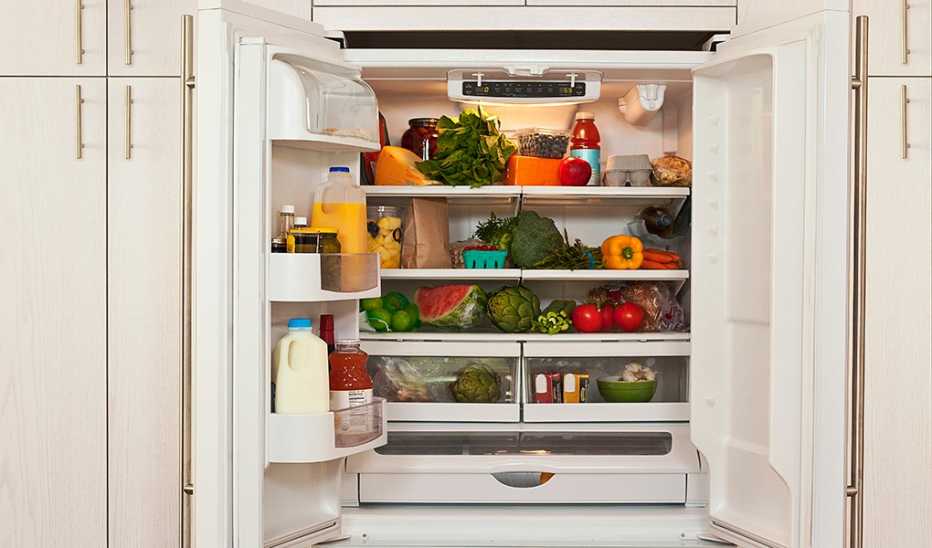Challenges


Quick Win
Take stock of the food you have at home and make some healthy changes.
Try This Today
- Take an inventory. Write down in a notebook all the fresh, frozen and packaged foods in your fridge, freezer and pantry.
- Note what’s missing from your list. Do you have nutritious foods for healthy meals, such as leafy green vegetables, berries, seafood, beans and lentils, whole grains, olive oil and low-fat dairy products? If not, start a list of healthy foods to add to your kitchen. (See “Set Up Your Mediterranean Kitchen” for ideas.)
- Read labels. Look at the labels on your packaged foods, such as frozen dinners, snacks, desserts or canned food. Note anything high in added sugar, saturated fat or sodium as well as heavily processed foods with lots of ingredients. Consider not buying these items again — or go ahead and toss them!
- Make healthy swaps. For each unhealthy find, think of a healthy swap — such as trading white rice for brown rice or quinoa, fruit juice for whole fruit, and potato chips for healthy snacks like apples and almond butter or celery and hummus. Add the healthy replacements to your grocery list, and keep them on hand.
Why
We know that eating a healthy, balanced diet is important for good overall health and brain health. Research supports emphasizing veggies and fruits (including leafy greens and berries), whole grains, beans and lentils, and healthy sources of protein and fat, while limiting excess sugar and sodium, red meat, full-fat dairy products and heavily processed foods, according to “Brain Food,” a 2018 report from AARP’s Global Council on Brain Health.










More From Staying Sharp
Tips and Tricks to Sneak in the Veggies
Sneak more veggies into your favorite dishes—casseroles, even desserts!Beware of High-Calorie Alcoholic Drinks
You may be surprised how many calories are in that cocktail or pint
Avoiding Dairy? Find the Right Substitutes
Choose wisely for good health